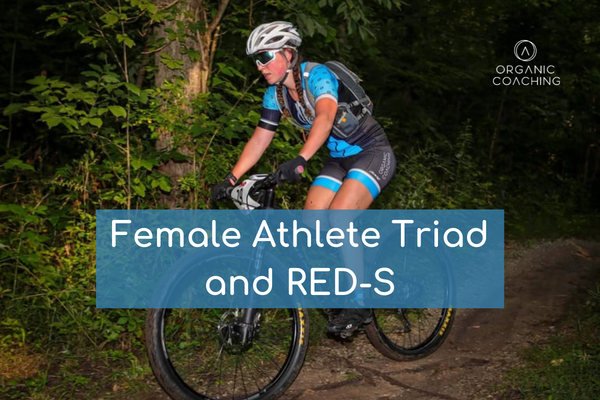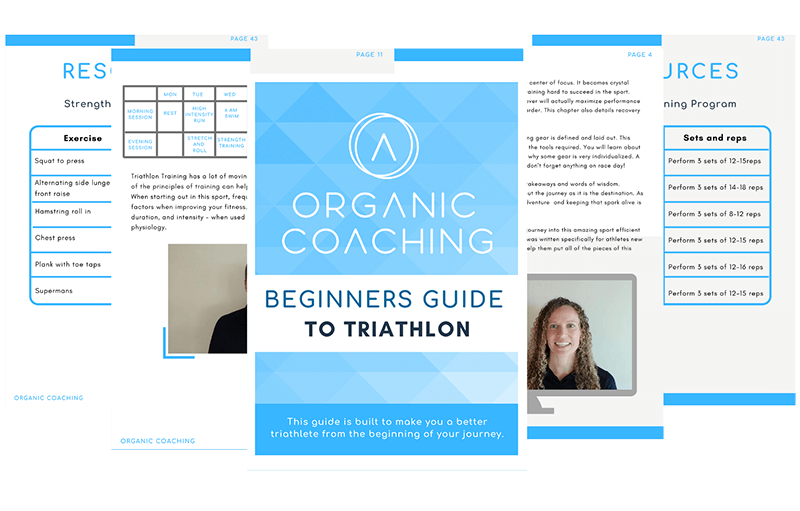

The female athlete triad is recognized as a disorder involving the interrelationship between menstrual dysfunction, low bone mineral density (BMD), and low energy availability (EA). The underlying cause of the triad is an imbalance in an athlete’s energy intake and energy expenditure.
It’s also important to note that while the triad is referred to as the “female athlete triad”, it can also affect men. In fact, the term relative energy deficiency in sport (RED-S) is an extension of the triad that explains both the physiological and psychological implications of under-fueling for all genders.
When an athlete consistently burns more energy than they are consuming, over time the body begins to have difficulty carrying out basic physiological functions. This causes complications of multiple systems in the body:
Various factors can contribute to an imbalance in energy intake and energy expenditure. For example, it could be due to a lack of knowledge about how to meet energy requirements and/or misguided attempts to lose body and fat mass. However, disordered eating is often the major cause of this imbalance.
Any athlete who is not consuming enough calories to support the amount of energy they’re burning is at risk of relative energy deficiency, or under-fueling. Specific individuals at risk include competitive athletes, athletes who play sports where they are required to track and maintain their weight, athletes who participate in sports where thinness is highly emphasized, athletes with eating disorders (ED) or disordered eating (DE) or a history of ED/DE, and athletes who struggle with anxiety and/or depression.
Some signs to watch for that can indicate an athlete may have RED-S :
Prevention is key here. Once an athlete shows physiological signs of RED-S, it can be very difficult to treat. Some things an athlete can do to prevent the triad are:
It is always best for an athlete who has RED-S or the triad to work with an interdisciplinary healthcare team including a dietitian, physician, psychologists, coaching staff, and/or athletic administration can be extremely helpful. Working with an interdisciplinary healthcare team is especially important when it comes to athletes who struggle with disordered eating or eating disorders to best support their mental and physical health.
If you are unsure of whether you have RED-S, the triad, or are at risk of energy deficiency it is always a good idea to consult with a health professional to understand how to best support yourself and your body.
We stress the importance of fueling to perform in BOTH life and sport. Food is fuel, friends. It provides nourishment to your body so you can support it in doing all that you love to do every single day.
-Dana Eshelman, MS, RDN, CSSD, METS I
READ MORE: WOMEN “RUN” THIS WORLD!


Carly and Tyler Guggemos built Organic Coaching in 2014 with a simple philosophy that works. The idea is to take what you have and grow it to get faster, fitter and stronger. And to do it with the time you have – not the time you wish you had.

For athletes who are ready to take their training to the next level while still thriving and succeeding in their professional and family life.
Copyright © 2024 Organic Coaching LLC